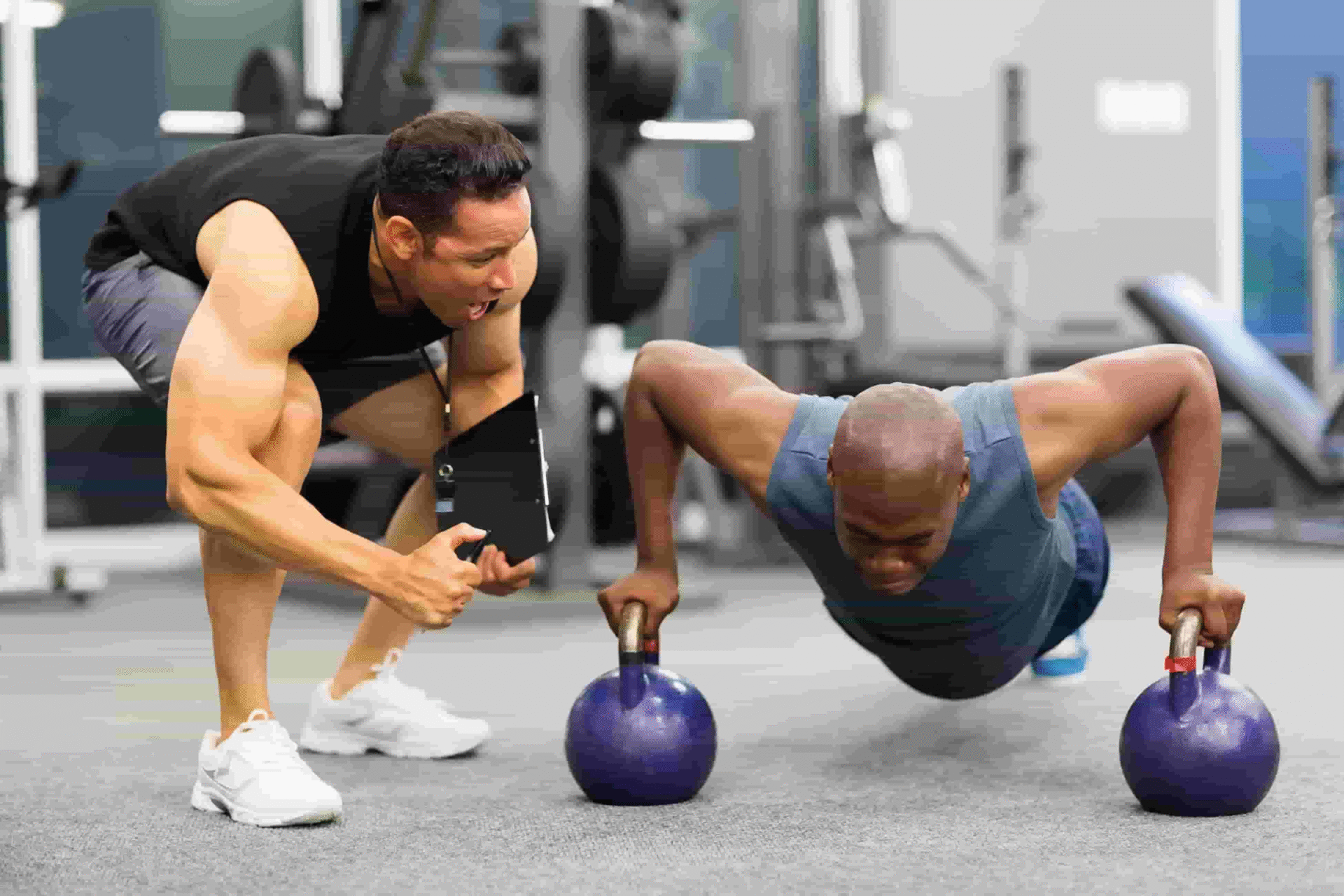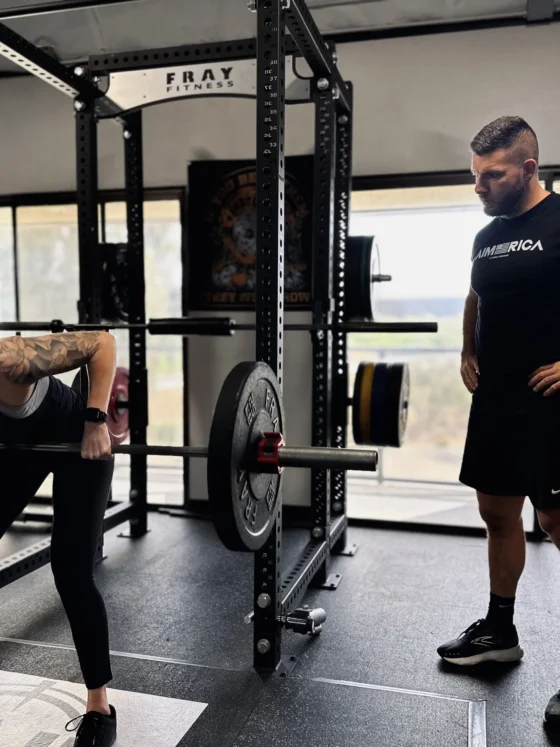How to Create a Workout Plan: A Complete Guide for Beginners and Beyond

Creating your own workout plan can feel overwhelming at first. With so many exercises, training styles, and fitness gurus offering different advice, it’s easy to get lost. But here’s the truth: you don’t need to be a professional trainer to build an effective plan — you just need a clear structure, a bit of self-knowledge, and consistency.
In this guide, we’ll break down how to create a workout plan step-by-step so it actually works for your goals, lifestyle, and fitness level.
Step 1: Define Your Fitness Goal
Before you even think about exercises, you need to know why you’re working out. Your goal will determine the type, frequency, and intensity of your workouts.
Common fitness goals include:
- Weight loss – Focus on calorie-burning cardio and resistance training to build muscle (which increases metabolism).
- Muscle gain – Focus on strength training with progressive overload and adequate rest.
- Improved endurance – Focus on longer, moderate-intensity cardio sessions and interval training.
- General health – A balanced mix of cardio, strength, flexibility, and mobility work.
Tip: Be specific. Instead of saying “I want to get fit,” aim for something measurable like “I want to run 5K without stopping in 8 weeks” or “I want to bench press my body weight.”
Step 2: Assess Your Current Fitness Level
Knowing where you’re starting from helps you create a realistic plan and avoid injury. Ask yourself:
- How often do you currently exercise?
- Can you do basic movements like push-ups, squats, and planks comfortably?
- How’s your cardio endurance? (e.g., Can you walk briskly for 20 minutes without gasping for breath?)
You can also do simple tests:
- Strength – See how many push-ups, sit-ups, or bodyweight squats you can do in 1 minute.
- Endurance – Time how long you can hold a plank or jog without stopping.
If you’re a beginner, start light and focus on proper form rather than heavy weights or high intensity.
Step 3: Choose Your Training Frequency
Your schedule matters as much as your goals. A plan you can stick to beats a “perfect” plan you quit after two weeks.
Here’s a simple guide:
| Experience Level | Days per Week | Focus Areas |
| Beginner | 2–3 | Full-body workouts |
| Intermediate | 3–4 | Upper/lower body split or push/pull/legs |
| Advanced | 4–6 | Specific muscle groups and higher training volume |
Step 4: Balance Your Workout Types
A well-rounded plan should include:
- Strength Training – Builds muscle, improves bone health, and boosts metabolism.
- Cardio Training – Improves heart health, burns calories, and increases stamina.
- Flexibility & Mobility Work – Prevents injury, improves posture, and enhances movement quality.
Example weekly balance:
- 2–3 days of strength training
- 2 days of cardio (mix steady-state and high-intensity interval training)
- 1–2 short mobility or yoga sessions
Step 5: Select Your Exercises
This is where people often get stuck — but it’s simpler than it seems.
Choose compound movements as the foundation of your plan because they work multiple muscles at once.
Strength Training Examples:
- Squats (legs, core)
- Deadlifts (legs, back)
- Bench Press or Push-Ups (chest, shoulders, triceps)
- Pull-Ups or Rows (back, biceps)
- Planks (core stability)
Cardio Examples:
- Running, cycling, swimming, rowing
- High-Intensity Interval Training (HIIT)
- Jump rope
Mobility/Flexibility Examples:
- Yoga
- Dynamic stretching (before workouts)
- Static stretching (after workouts)
Tip: If you’re unsure about proper form, watch a few reputable tutorial videos or get guidance from a certified trainer.
Step 6: Decide Your Sets, Reps, and Rest Times
This part changes based on your goal:
| Goal | Sets | Reps | Rest Time |
| Strength | 3–6 | 4–6 | 2–3 min |
| Muscle Growth | 3–5 | 8–12 | 60–90 sec |
| Endurance | 2–4 | 12–20+ | 30–60 sec |
Step 7: Progress Gradually
Your body adapts to stress over time. If you keep lifting the same weight or running the same distance, progress will stall. This is where progressive overload comes in — slowly increasing weight, reps, sets, or intensity.
Examples of progression:
- Adding 2–5 lbs to your lifts every 1–2 weeks
- Doing an extra rep per set
- Shortening rest periods slightly
- Increasing cardio distance or speed
Step 8: Include Rest and Recovery
Your muscles don’t grow during workouts — they grow while resting.
Make sure to:
- Take at least 1–2 rest days per week
- Sleep 7–9 hours per night
- Eat enough protein to support recovery
Step 9: Make It Fit Your Life
A workout plan isn’t just about science — it’s about sustainability.
- Choose exercises you enjoy (you’re more likely to stick with them).
- Be flexible — if you miss a day, don’t quit, just adjust.
- Combine workouts with daily activity (e.g., walking to work, taking stairs).
Sample Beginner Workout Plan (3 Days a Week)
Day 1 – Full Body Strength
- Squats – 3 sets x 10 reps
- Push-Ups – 3 x 10
- Dumbbell Rows – 3 x 10 each side
- Plank – 3 x 30 seconds
Day 2 – Cardio & Core
- Brisk walking or jogging – 20–30 min
- Bicycle crunches – 3 x 15
- Side planks – 3 x 20 sec each side
Day 3 – Full Body Strength
- Deadlifts – 3 x 8
- Overhead Press – 3 x 10
- Pull-Ups (or assisted) – 3 x 6–8
- Bird Dogs – 3 x 10 each side
Step 10: Track and Adjust
Keep a simple workout log — note your exercises, weights, reps, and how you felt.
If you’re progressing, keep going. If you feel stuck, switch things up every 6–8 weeks.
Key Takeaways:
- Start with a clear goal and realistic schedule.
- Balance strength, cardio, and flexibility.
- Choose compound movements for efficiency.
- Progress slowly and listen to your body.
- Stay consistent — that’s where the magic happens.
FAQs About Creating a Workout Plan
1. How long should my workouts be?
For most people, 45–60 minutes is enough. Beginners may start with 30 minutes and build up as endurance improves.
2. Do I need to go to a gym to follow a workout plan?
Not at all. You can build strength, endurance, and flexibility with bodyweight exercises at home or outdoors. Resistance bands and dumbbells can add variety.
3. How quickly will I see results from my plan?
It depends on your consistency, diet, and starting point. Many people notice improvements in strength or endurance within 4–6 weeks, with visible changes coming later.
4. Should I work out every day?
No — your body needs rest to recover and grow stronger. Aim for 3–5 workout days per week, depending on your level and goals.
5. What’s the most important part of a workout plan?
Consistency. Even the best-designed plan won’t work if you don’t stick to it. Pick something realistic that fits your life.




